HP Compaq 6520s User manual
Other HP Laptop manuals

HP
HP Pavilion dv2-1000 - Entertainment Notebook... User manual

HP
HP OmniBook 500 User manual
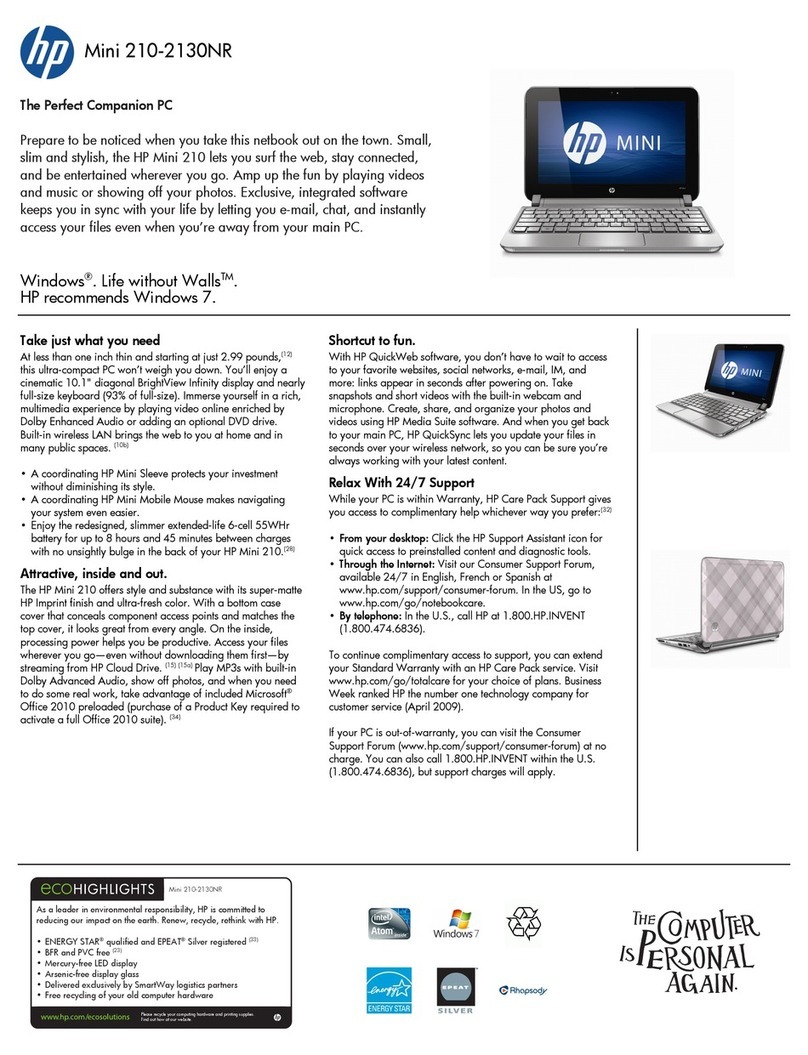
HP
HP Mini 210-2130 User manual

HP
HP Pavilion zv5000 - Notebook PC Use and care manual

HP
HP CQ45-800 User manual

HP
HP Pavilion 14 Manual

HP
HP Compaq Presario Manual
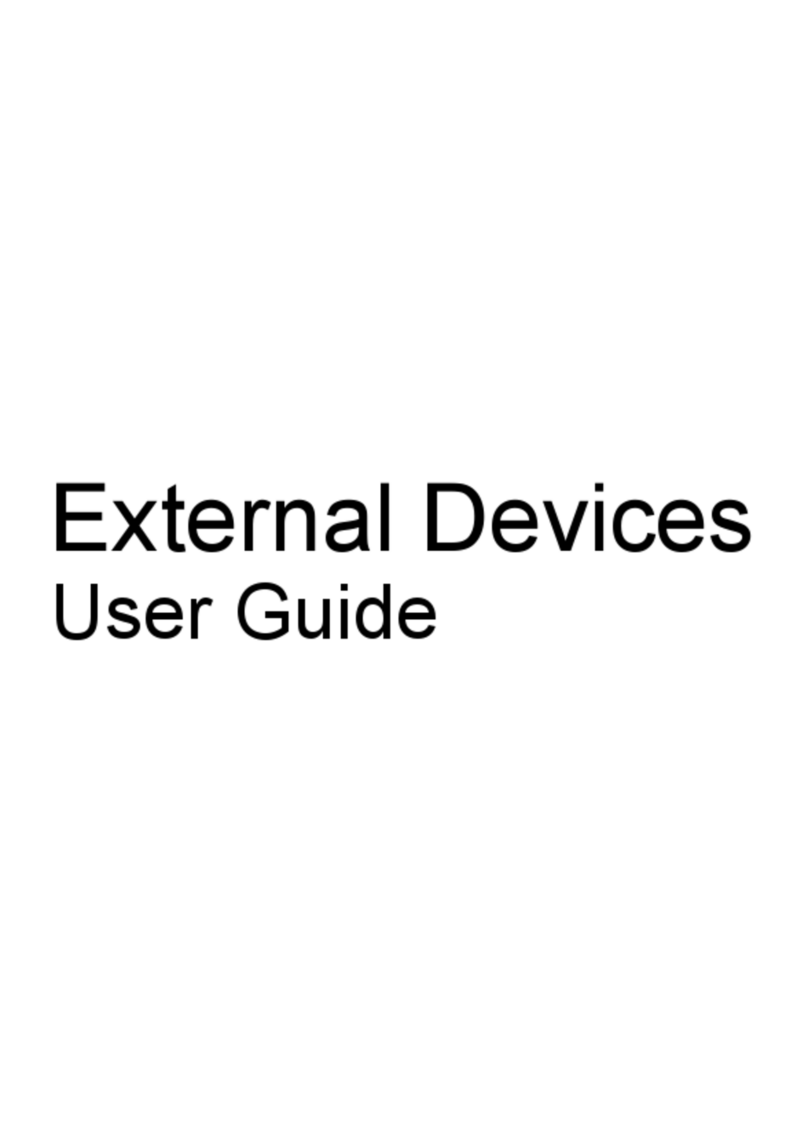
HP
HP 4310s - ProBook - Core 2 Duo 2.1 GHz User manual

HP
HP PAVILION DV7 Installation instructions
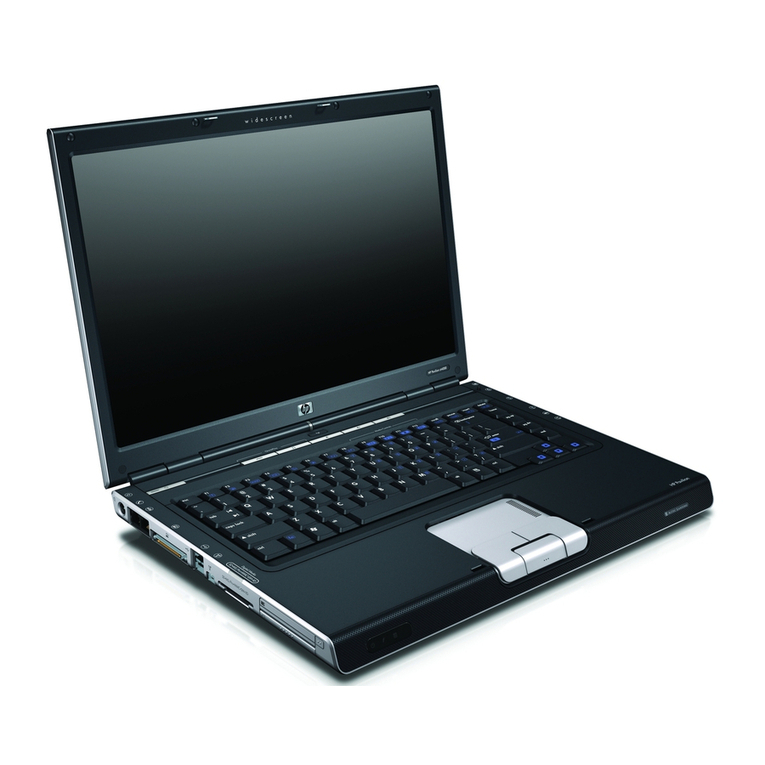
HP
HP Pavilion dv4000 - notebook pc Mounting instructions
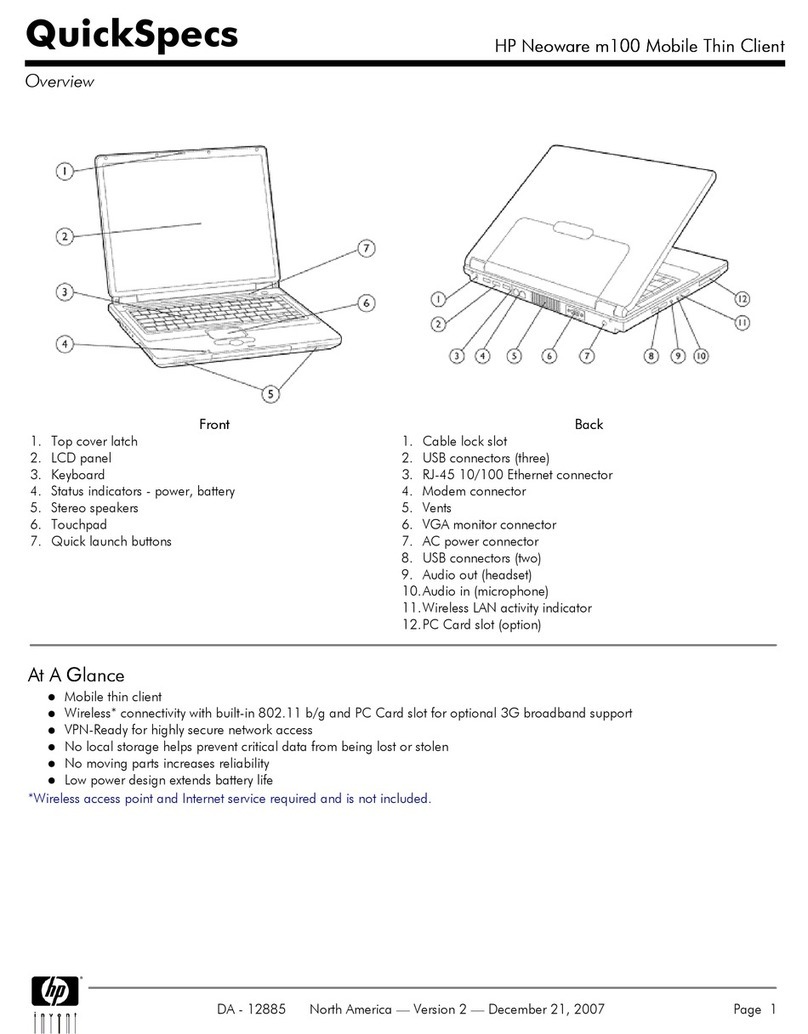
HP
HP Neoware m100 User manual

HP
HP EliteBook Folio 1040 G3 Manual

HP
HP Pavilion DV6 Series Manual
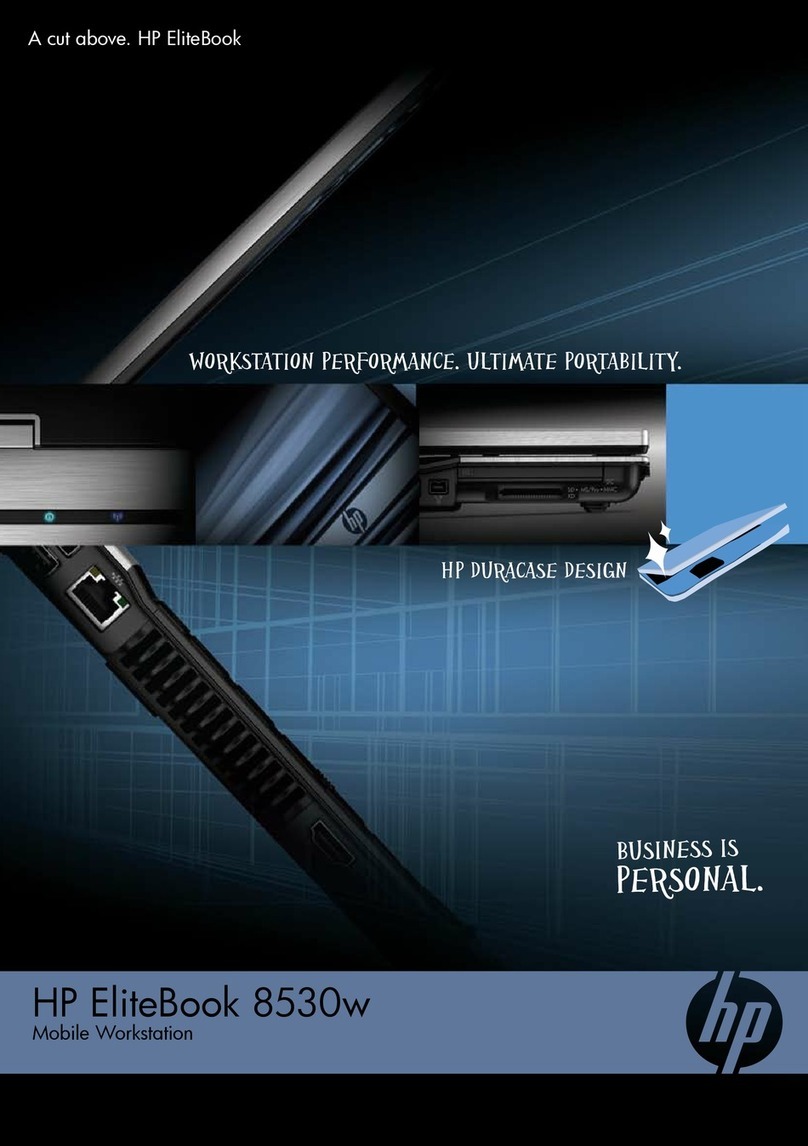
HP
HP 8530w - EliteBook Mobile Workstation User manual

HP
HP ENVY 17 Manual

HP
HP Notebook computer User manual

HP
HP 500 - Notebook PC User manual

HP
HP OmniBook 6100 Owner's manual

HP
HP OMEN 15-AX211NF Manual

HP
HP Compaq 610 User instructions































